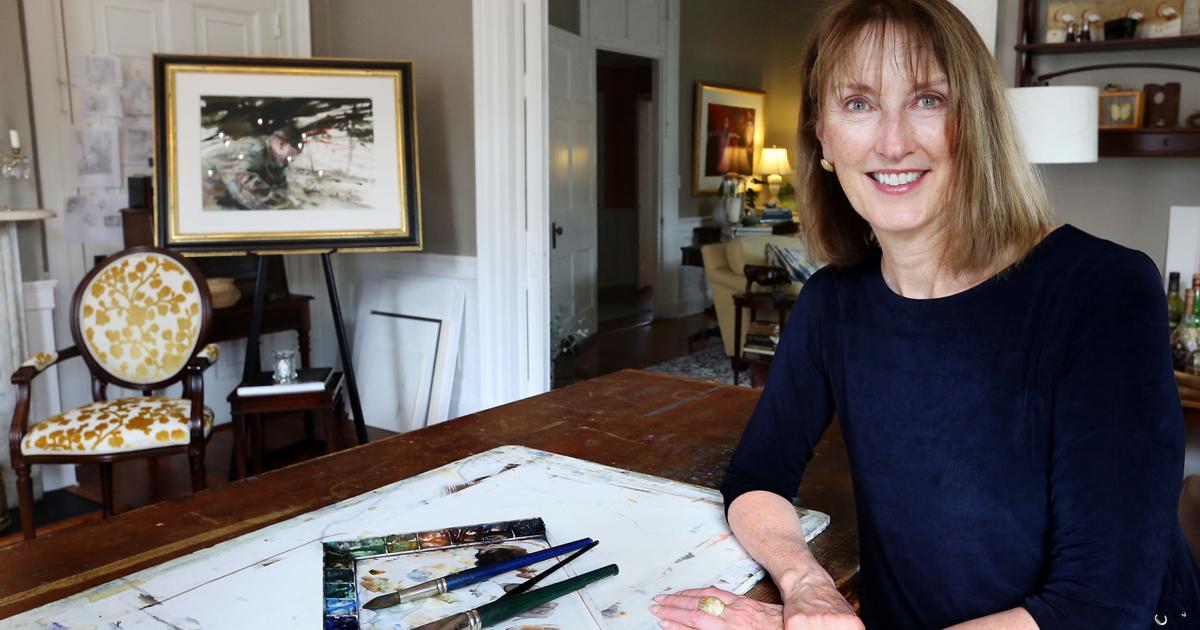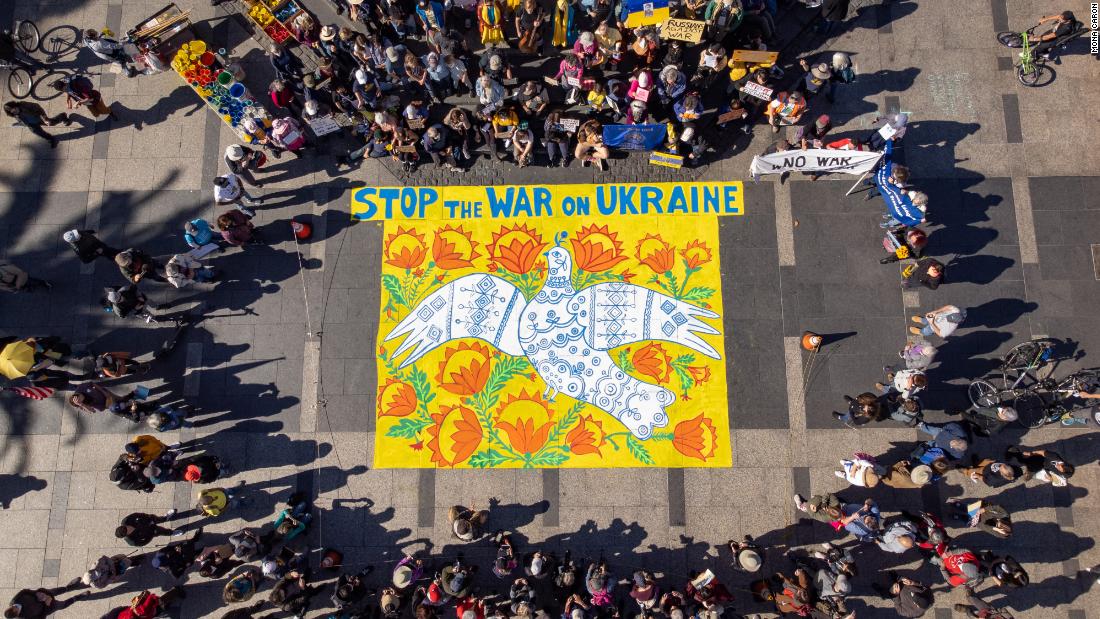
Historian Samella Lewis, who supported Black artists, dies at 99
The expression “Renaissance woman” is an overused one — often deployed in reference to anyone who might have a toe in more than one subject area. But when it came to Samella Lewis, it was true.
Lewis was an artist, an activist, a historian, an author, a curator, a professor, a gallerist, a collector and a beloved mentor who helped document and elevate work by Black artists for almost eight decades. A down-to-earth yet steely woman who helped integrate Black artists into the American canon, Lewis died of renal failure on Friday at a hospice in Torrance. She was 99.
The death was confirmed by her younger son, Claude Lewis.
Over the course of her career, she published important books on Black artists, including a monograph about one of her mentors, Elizabeth Catlett, a 20th century graphic artist and sculptor renowned for graceful, powerful portrayals of Black women. Lewis was also the force behind “Art: African American,” released in 1978 (and revised in 2003 as “African American Art and Artists”), which has become a key text on the history on Black art in the United States — one that Pittsburgh arts writer Nadine Wasserman once described as “a fundamental textbook for fledgling art historians desperate for information about artists who were not white, male and dead.”
For a time, in the early 1970s, Lewis ran the L.A. art spaces Multi-Cul and the Gallery, which were important platforms for burgeoning Los Angeles artists — among them Betye Saar, a standard-bearer of the Black Arts Movement. In 1976, Lewis founded the Museum of African American Art, a community-minded art space, now tucked inside the Baldwin Hills Crenshaw Plaza mall, that over the years has given exhibitions to artists such as Jacob Lawrence, Richmond Barthé and Faith Ringgold.
Lewis knew the art of the Caribbean; she also spoke Chinese — a language she picked up in the early 1960s after a stint in Taiwan on a Fulbright and through post-graduate studies in Chinese language, philosophy and history at the University of Southern California. Throughout, she made art: paintings, lithographs, linocuts and serigraphs, delving into abstraction but most frequently creating works that centered the Black figure.
“Art is a language like poetry, evoking sensitivities and memories,” Lewis told The Times in 1995. “Art really helps to speak to the past, present and to a large extent helps to guide you into the future.”

Samella Lewis’ “Stimulant,” from 1941 — an early painting by the artist.
(Gerard Vuilleumier / Louis Stern Fine Arts)
The news of her death generated an outpouring of tributes from artists and curators on social media. “She was a giant!” wrote Chicago photographer Dawoud Bey in an Instagram post. Kara Tucina Olidge, director of the Amistad Research Center in New Orleans, described her as “a life force in artistic vision.”
Naima J. Keith, now a vice president of education and public programs at the Los Angeles County Museum of Art, had the opportunity to work with Lewis when she served as curatorial fellow on the 2011 Hammer Museum exhibition “Now Dig This! Art and Black Los Angeles 1960-80″. Lewis, says Keith, “worked tirelessly as an artist, collector, historian and curator, helping form a new area of study for a kind of art that mainstream institutions had chosen to ignore. Her work has changed African American art history forever.”
Keasha Dumas Heath, executive director at the Museum of African American Art, the L.A. institution Lewis helped found, describes Lewis as a “soft-spoken powerhouse” who is “rightly regarded as the center of the universe for scholarship around Black art and artists.”
“She represents the beginning and the heart of that work.”

Samella Lewis 1968 linocut, “Migrants,” was featured in the 2011 Hammer Museum exhibition “Now Dig This!: Art and Black Los Angeles 1960-1980.”
(Gerard Vuilleumier / Louis Stern Fine Arts)
Samella Lewis was born Samella Sanders in New Orleans on Feb. 27, 1923. She was the daughter of Samuel Sanders, a farmer, and Rachel Taylor Sanders, who, among other jobs, did domestic work. Many publications, online and otherwise, list Lewis’ birth year as 1924, but that is incorrect, says her son Claude. “Back when she was born in Louisiana,” he says, “Black people didn’t have birth certificates.” When she finally did get one, the document shaved a year off her age.
As a young girl, Lewis was enraptured by art. “From four years old I was drawing,” she told a reporter from the Richmond-Times Dispatch in 1997 — often reimagining images she found elsewhere. “I’d redraw them and make them my own.”
When she got older, she hung out in the city’s French Quarter, observing artists at work. There, an Italian portrait painter by the name of Alfredo Gali took a liking to her and gave her lessons.
By 1940, Lewis had enrolled at Dillard University, a historically Black college where she met Elizabeth Catlett, who would become a lifelong mentor, colleague and close friend. Catlett, says Claude, “was almost like a grandmother to me.”
In 1943, Catlett, who was then married to painter Charles White, took a job at the Hampton Institute in Virginia (now Hampton University), where she taught sculpture while White worked on his great mural, “The Contribution of the Negro to Democracy in America.” Lewis ended up following her mentor there, ultimately completing her undergraduate degree at Hampton in 1945.
She taught for a time at Hampton, where she became friends with art education theorist Viktor Lowenfeld, a Jewish refugee from Austria who had fled the Nazis. In interviews, she cited him as friend and important influence. Lowenfeld, she once said, “taught his students not to feel they had to produce art to please anyone, but paint from the heart.”
It was Lowenfeld who suggested she pursue further studies at Ohio State University.

Artist, educator, historian and curator Samella Lewis in 1997.
(Claude Lewis)
What followed was a flurry of academic work that would take her all over the country and all over the world — and ultimately lead her to Los Angeles.
She completed a master’s degree and a double doctorate — in fine arts and art history — at Ohio State (where one of her classmates was future Pop maestro Roy Lichtenstein). While completing her studies, she also met mathematician Paul Gad Lewis, whom she married in 1948, and to whom she would remain married until his death in 2013.
Teaching gigs followed at Morgan College in Baltimore (now Morgan State University) and Florida A&M University in Tallahassee, where she was active with the NAACP. That activism made her a target — and in the late 1950s, members of the Ku Klux Klan shot out the windows of the family’s home, Claude says. “We had to get out of there.”
They ended up in Plattsburgh, N.Y., where Lewis taught at SUNY Plattsburgh. There, she founded a chapter of the NAACP. “We were the only Black family in Plattsburgh and they started a branch of the NAACP,” Claude marvels. “It was us and a group of white people.”
In the 1960s, the Fulbright took her to Taiwan, where she worked at Tunghai University, after which she managed to make a visit to mainland China — a rare journey for an American at the time. In 1964, Lewis and her family settled in Los Angeles, where she studied Chinese at USC and worked a succession of teaching jobs at various universities, including Cal State Long Beach and Cal State Dominguez Hills.
In 1970, she landed at Scripps College in Claremont, where she ultimately became the college’s first Black tenured professor.

Samella Lewis was an artist who inspired others. Seen here, a block print by John T. Scott titled “Samella Lewis,” 2004.
(Scripps College)
Her impact at Scripps is the stuff of legend. She expanded the art history offerings beyond the Western canon, teaching courses in African art and Chinese art. She served as curator of the school’s Clark Humanities Museums, where she invited writers and artists such as Jacob Lawrence, Maya Angelou and Nikki Giovanni to present work and give lectures.
Artist Alison Saar says Lewis was instrumental in getting her to attend Scripps and, ultimately, helped pave the way for her to become an artist. When she enrolled at Scripps, Saar was sure she would become a historian. But her courses with Lewis flipped a switch. “She exposed us to African art, allowing us to have hands-on access,” she recalls. “As part of class, we curated an exhibition on African art. Being able to be around those objects and handling them and understanding the materials and having that hands-on experience — that really informed my work.”
In 2007, the university’s Ruth Chandler Williamson Gallery — at the urging of alumnae such as Saar and Susan Rankaitis — established the Samella Lewis Contemporary Art Collection in her honor. The collection features work by many artists, including Lewis — as well as work donated by Lewis from her personal collection, including an evocative 1983 woodcut by Catlett titled “Survivor,” which shows a pensive Black woman, her hair bundled in a scarf, clutching a broom handle.
Mary MacNaughton, a former Scripps professor who served as director of the Ruth Chandler Williamson Gallery from 1993 to 2021, and helped establish the collection in Lewis’s honor, says Lewis was critical for the ways in which she supported fellow artists — as a curator, as a historian, but also an important collector of work by Black artists. (She started collecting in the 1940s.) MacNaughton says Lewis was the sort who “saw a need” and “filled it.”
“She is so important,” she adds. “A bright light went out.”

Samella Lewis’ “Interior,” 1997.
(Gerard Vuilleumier / Louis Stern Fine Arts)
Lewis’s fight for representation would bear fruits for countless artists — including herself.
In the late 1960s she worked in the education department at the Los Angeles County Museum of Art, but grew weary of the ways the museum continued to overlook work by Black artists. Frustrated, she left LACMA in 1970 — helping establish the activist group Concerned Citizens for Black Art. On at least one occasion, she picketed the museum in protest.
The disillusioning experience of working for a legacy institution led her to create her own opportunities. These include her many published books, as well the journal “Black Art: International Quarterly” — which is still ongoing as “The International Review of African American Art,” managed by Hampton University.
The institutions, however, eventually came calling. In 2011, her work materialized in “Now Dig This!” at the Hammer Museum, organized by scholar and curator Kellie Jones. The following year, Louis Stern Fine Arts in West Hollywood displayed an extensive collection of her work. But one of the most satisfying invitations came from LACMA itself: a painting by Lewis appeared in the 2021 exhibition “Black American Portraits.”
Her painting “Bag Man,” from 1996, features the figure of a Black man against an inky blue backdrop. On his back, he carries a bright yellow sack; on his face, a look of irritated determination.
“It’s a great full circle story,” says Claude, an artist and musician. “I was so glad that she was able to see that happen.”
In addition to serving on the boards of the National Endowment for the Arts and the National Endowment for the Humanities, she was the recipient of numerous honorary degrees. Last year, the College Art Assn. presented her its Distinguished Artist Award for Lifetime Achievement.
Lewis never stopped extolling the power of art.
“We also have an obligation to see that valuing and collecting our art is a significant aspect of nurturing,” she once told Essence. “We must familiarize ourselves with our historical and contemporary art in order to understand and know ourselves.”
Lewis is survived by her son Claude; her older son, Alan Lewis, a retired schoolteacher; and three grandchildren: Unity Lewis, Gabriella Angela Lewis and Gian Carlo Lewis.




